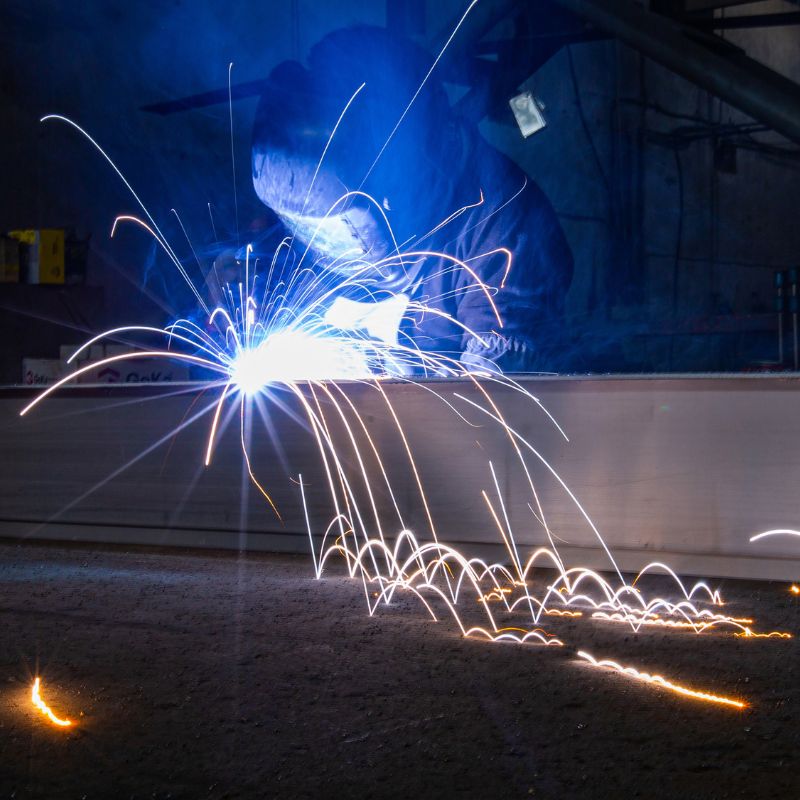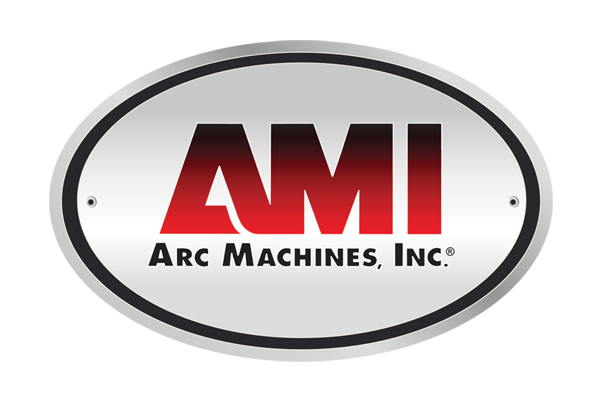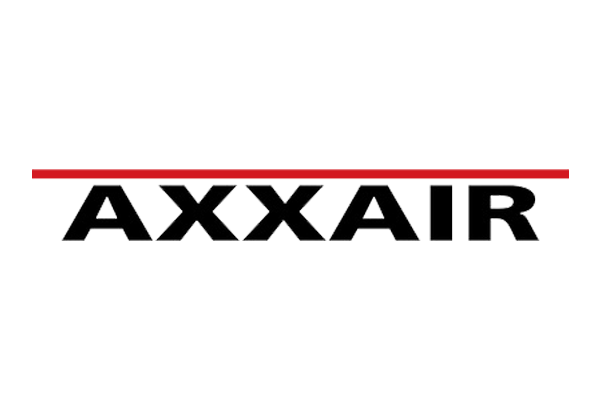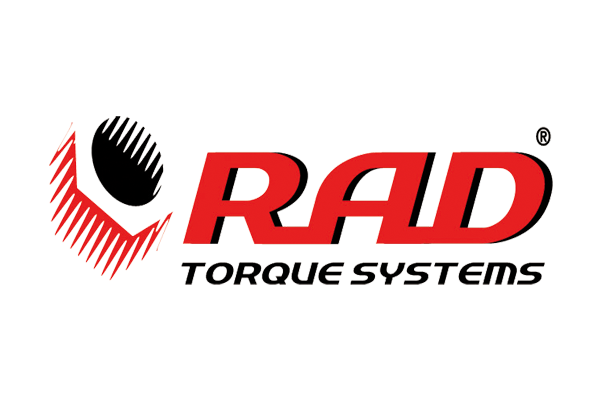How Much Do Welding Defects Really Cost Your Company?
Welding is an essential process in the manufacturing and construction industries. It joins two metal parts together to form a strong and durable bond. However, welding defects can occur, resulting in costly repairs and even leading to accidents and injuries.
Let’s discuss how much welding defects cost your company and how you can prevent them from occurring.
Porosity
Porosity is one of the most common welding defects, and it occurs when gas bubbles become trapped in the weld metal. These gas bubbles weaken the weld and can cause it to fail under stress. The presence of porosity in a weld can increase the likelihood of cracks forming, resulting in costly repairs and downtime. To avoid porosity, welders must ensure that their welding equipment is properly maintained and that all surfaces are clean and dry before welding.
Undercutting
Undercutting is a defect that occurs when the weld metal and base metal do not fuse completely. Instead, a groove forms in the base metal, which weakens the joint and can lead to cracks and failures. Undercutting is usually caused by incorrect welding techniques, such as using too much heat or welding too quickly. To prevent undercutting, welders must pay close attention to their technique and ensure they use the correct tools and settings.
Warping
Warping is a welding defect where the weld metal and base metal cool at different rates. This defect can result in distortion and deformation of the welded parts, making them unusable. Warping is particularly common in large-scale welding projects, such as shipbuilding and structural steelwork. To avoid warping, welders must use the correct welding technique, preheat the metal to the right temperature, and use clamps to hold the parts in place.
Cracks
Cracks are the most serious welding defect and can lead to catastrophic and expensive failures. Cracks occur when the weld metal and base metal do not bond correctly, creating a weak spot in the joint. Various factors, including incorrect welding settings, dirty surfaces, and improper electrode storage, can cause cracks. To prevent cracks, welders must use the correct technique and equipment, follow safety protocols, and ensure that all surfaces are clean and dry before welding.
Impact on the Bottom Line
All welding defects have a significant impact on your company’s bottom line. Repairs and maintenance costs can quickly add up, and downtime can lead to lost productivity and revenue. In addition, welding defects can lead to accidents and injuries, resulting in litigation and workers’ compensation claims. Investing in proper training, equipment maintenance, and safety procedures can prevent welding defects and minimize their impact on your company.
Welding defects can be costly and dangerous, but they are also preventable. Understanding the most common welding defects and taking steps to prevent them can save your company money and protect your employees’ safety. Ensure that your welding equipment is properly maintained and that you train your welders to use it correctly. By doing so, you can ensure that your welding projects are strong, durable, and cost-effective.
SEC Industrial has integrated pipe spool welding machines to ensure your welding processes are efficient, safe, and defect-free. Contact us to learn more about our industry-leading conveyor systems and how they can help you optimize your welding operations.









